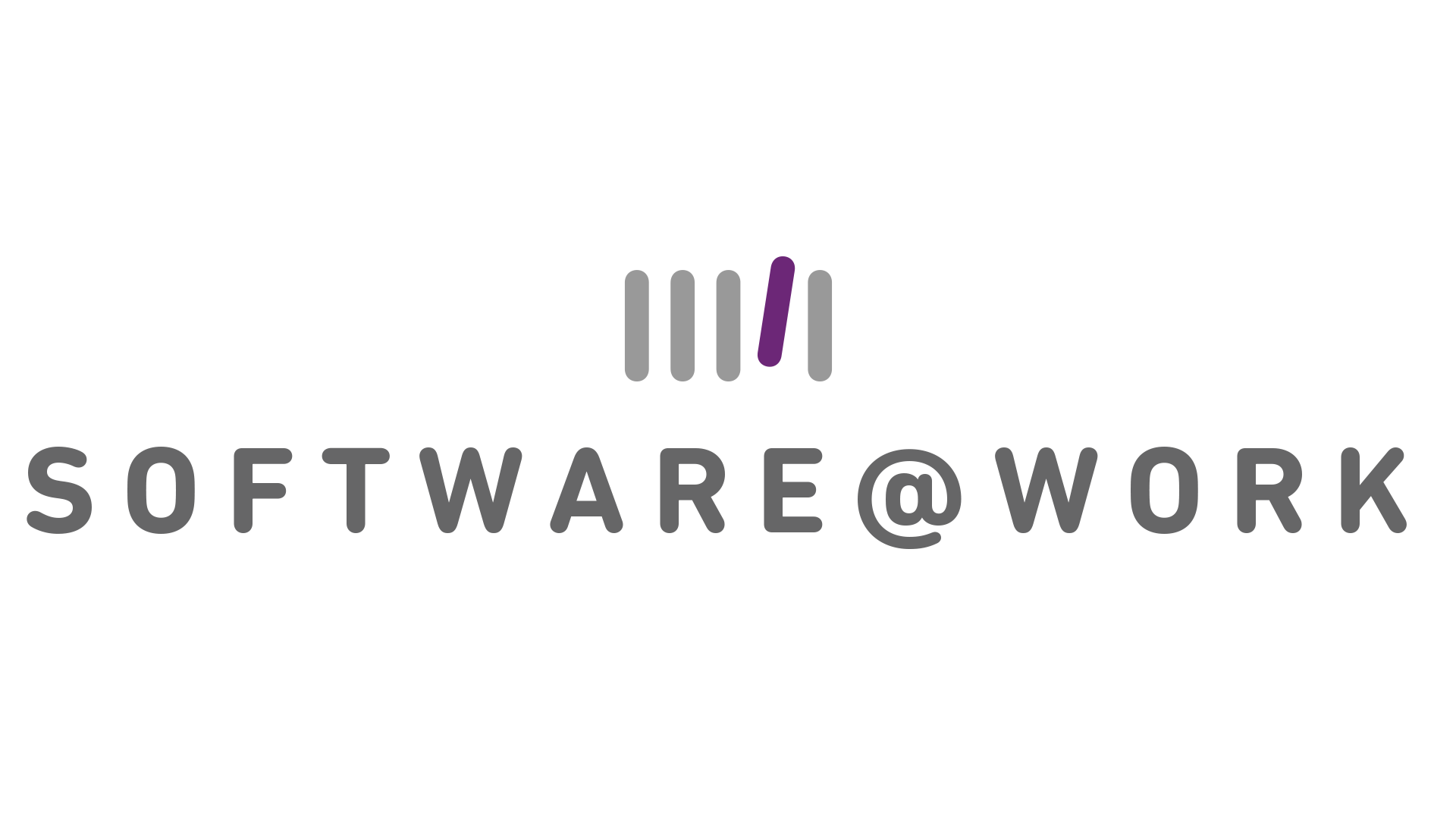
Gone are the days when businesses had to manually keep track of their finances using paper ledgers and accounting books.
In today’s fast-paced digital world, businesses are increasingly turning to technology to streamline their processes and improve their bottom line. One area where technology is making a big impact is in accounting, where paper-based processes are being replaced by more efficient, automated workflows. Going paperless in accounting not only saves time and reduces errors, but also helps businesses to stay organized and compliant with regulations.
Let us explore how technology is enabling paperless accounting:
-
What is OCR Technology?
OCR stands for Optical Character Recognition, which is a technology that converts paper-based documents into digital format. OCR converts scanned documents or images (PDF, JPEG etc.) into machine-readable text which can be integrated with your accounting software. OCR technology has come a long way in recent years, and is now highly accurate when working with financial documents like invoices and receipts.
Advantages of using OCR Technology
-
- Automated Data Entry : Traditionally, businesses had to manually enter financial data into their accounting software, which was a time-consuming and error-prone process. With OCR technology, invoices, receipts, and other financial documents can be scanned and automatically converted into digital text which will be posted in your accounting software
- Reduced Costs : OCR technology can help businesses reduce costs associated with paper-based accounting processes. By eliminating the need for physical storage and manual data entry, businesses can save money on storage, labor, and other expenses. By streamlining financial processes, businesses can reduce the time and resources required to manage their finances, freeing up resources for other critical business functions.
- Improved Accuracy: OCR technology can also improve the accuracy of financial data. By eliminating manual data entry, OCR reduces the risk of errors that can occur when data is entered by hand.
- Faster Processing: In addition to automating data entry, OCR can also speed up the processing of financial documents. By digitizing paper-based documents, OCR allows businesses to quickly search, sort, and analyze financial data.
-
Digital Documentation
Another key aspect of going paperless in accounting is the use of digital documentation. By using digital documents, businesses can eliminate the need for paper-based filing systems and reduce the risk of lost or damaged documents. Digital documents can be easily shared between team members and accessed remotely, which makes collaboration and workflow management easier. Moreover, digital documentation can be secured with encryption and password protection, which helps businesses to maintain the confidentiality of sensitive financial data.
-
Automated Workflow Approvals
In addition to OCR and digital documentation, another important aspect of going paperless in accounting is the use of automated workflow approvals. With automated workflow approvals, businesses can set up a system that automatically approves invoices, purchase orders, and other financial documents. This helps to eliminate bottlenecks in the approval process and speeds up the time it takes to complete financial transactions. Automated workflow approvals can also reduce the risk of errors and help businesses to stay compliant with regulations.
-
Online payment processing:
Online payment processing is a key component of paperless accounting that enables businesses to make payments electronically. With the help of advanced payment processing tools, businesses can easily initiate payments to vendors or suppliers, eliminating the need for physical checks or cash. This not only speeds up the payment processing time but also reduces the risk of errors in payment documentation. Furthermore, online payment processing systems integrate seamlessly with accounting software, enabling businesses to easily track and reconcile payments in real-time.
Conclusion
Looking for a tool that streamlines OCR, documentation, workflows, payments, and more? Software@Work Pvt Ltd has you covered. Our affordable and rapidly deployable solutions seamlessly integrate with leading accounting software like Tally, Zoho, and SAP. With 30 years of experience and over 20,000 businesses served, we’re an established software solution provider you can trust.
Contact us today to learn how our technology can transform your accounting practices by frictionlessly connecting with your current accounting system.

